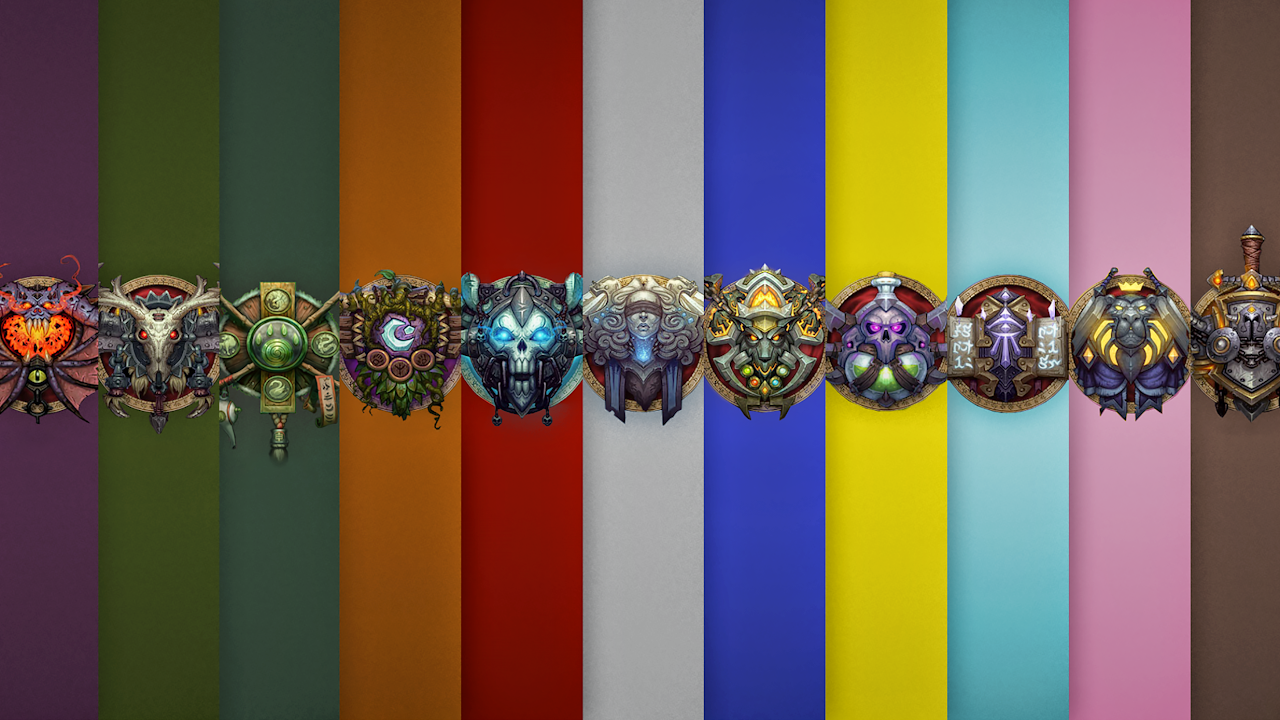


It seems that some artists don't mind that, but I am just not one of them, and I wouldn't recommend anyone to work that way because of the inertia it causes). Now I'll admit that I personally do have a bias against meshes delivered as a polygon soup by the Zbrush wizards mentioned above, simply because despite looking great they are very heavy to manipulate (I personally cannot stand to work in 3D under 60 or 30 fps, and Zbrush dips way below that when working with such models. Of course sculpting can help in the process. Of course you most likely want your final deliverable meshes to be built with clean topology ready for subdivision and such models can also be complemented with straight-on polygon work, as demonstrated by Snefer in his recent videos. I want to model/sculpt a hard surface in Zbrush and later use that for retoplogy Again its debated a lot in the above thread, worth checking out! I think the general consensus is that hard surface in ZB sacrifices precision for speed.

RexM - I kinda thought the same, but a lot of the Zmodeler tools were only demo'd on a small cube, I would be interested to see how they work on a more complex shape like a curved surface or more awkward slopes. Mike P also does some pretty cool character based stuff with it, some of his vids: a piece of armor shaped like an eagle's head might be a pain to model, but could be blocked out fairly quickly in a sculpt (and then retop'd for better surface quality if required.) although, you then have to think about whether or not it would have been faster just modeling it in the first place. A lot of people argue that doing it in ZBrush will give you a speed boost since you can just dynamesh awkward shapes, e.g.


 0 kommentar(er)
0 kommentar(er)
